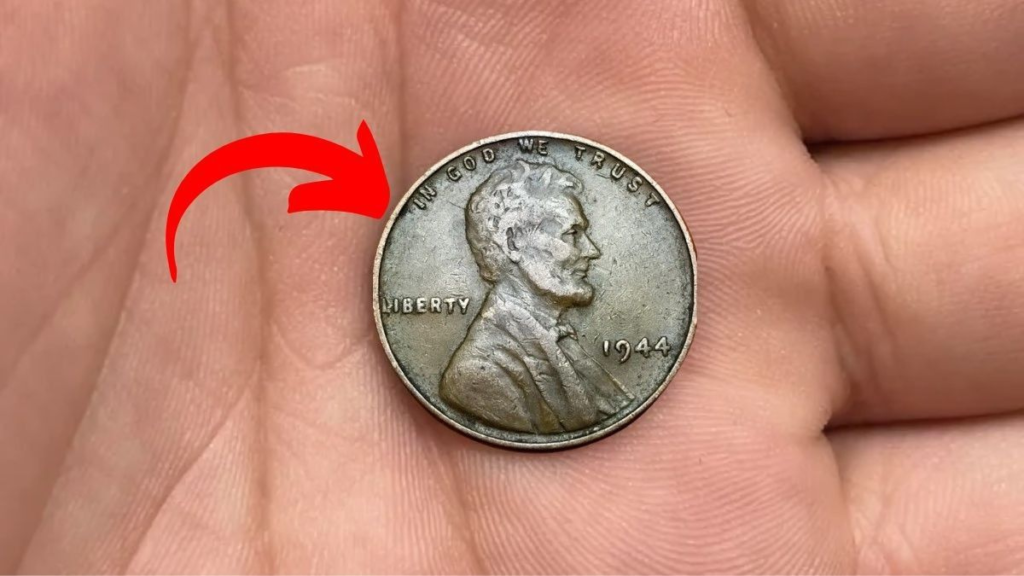If you are fond of collecting old coins, then you have probably heard about the 1914-D Lincoln Wheat Penny. This coin is one of the most sought after and valuable coins of the Lincoln series. Its specialty is not only its age, but also its limited production and very low availability in good condition.
Let’s know in detail why this coin is so special, how to identify it and how much its price can be in today’s time.
Why is 1914-D Penny so special?
The first thing that makes the 1914-D Lincoln Wheat Penny special is its low mintage. Only 11 lakh 93 thousand (1.1 million) coins of this coin were made. This number is very less compared to other Lincoln pennies, which were often made in crores.
Apart from this, these coins were used a lot in everyday transactions at that time, due to which they got worn out quickly. Today, most 1914-D coins are found in poor condition. It is very difficult to find a coin in good condition, and this is why its price becomes very high.
What does ‘D’ mean?
The letter “D” seen on the coin is the symbol of Denver Mint, that is, this coin was made in Denver, Colorado. The Lincoln Wheat series started in 1909 and 1914-D is an important part of it. This coin is also historically important because the Denver Mint coins of that period were made in limited quantities.
How much is the rarity of this coin?
Although more than 11 lakh coins were made, but since they were used a lot, it is very difficult to find a 1914-D penny in good condition today. If a coin is found in an unworn and clean condition, then it is no less than a golden bird for collectors.
Some coins have been found in such good condition that they have fetched millions of dollars in auction.
How much can it cost?

The true power of this coin is seen when it is in very good condition (high-grade). For example, in 2023, a 1914-D penny that was in MS-65 grade sold for more than $120,000 (about ₹ 1 crore) at auction.
The “MS-65” grading means that the coin is in almost new condition, as if it was never used. In such a condition, the price of any old coin can skyrocket.
How to identify 1914-D Lincoln Penny?
If you have an old Lincoln Wheat Penny, look for the following things to see if it is a genuine one:
- The date should be 1914
- The letter “D” should be engraved below the date, which indicates the Denver Mint
- The reverse of the coin should have two ears of wheat, known as the “Wheat Reverse”
- The coin’s condition – is it clean, shiny or worn?
- If all of these things are true, you may have a priceless treasure!
A Gem for Coin Collectors
The 1914-D Lincoln Wheat Penny is considered a milestone in the world of coin collectors. It’s not just a coin, but a piece of American history. Its rarity, historical significance and collector demand make it extremely valuable.
If you collect coins or have a stash of old coins in your home, be sure to check them out carefully—who knows, there might be a 1914-D Penny hidden inside that could change your fortune!
Conclusion
The 1914-D Lincoln Wheat Penny is a rare, historic, and extremely valuable coin. Its limited run, high demand, and rarity in good condition put it at the top of every collector’s list. If you find a coin that’s in pristine condition, don’t sell it without first having it inspected by an expert.
This small copper coin could fetch millions—all you need is the right information and a little attention.
FAQs
Q1. What is the Lincoln Wheat Penny?
A: The Lincoln Wheat Penny is a U.S. one-cent coin minted from 1909 to 1958, featuring President Abraham Lincoln on the front and two wheat ears on the reverse. It’s one of the most collected coins in American history.
Q2. Why is this particular Lincoln Wheat Penny worth $120,000?
A: Some Lincoln Wheat Pennies have become extremely valuable due to factors like rarity, minting errors, historical importance, and condition. Specific years and mint marks are especially sought after by collectors.
Q3. Is it really possible to find this coin in circulation?
A: Yes! Though very rare, there are occasional reports of valuable Wheat Pennies turning up in everyday change, old coin jars, or inherited coin collections.
Q4. How should I handle a potentially valuable penny?
A: Handle it carefully by the edges, avoid cleaning it, and store it in a protective holder. Cleaning the coin can reduce its value significantly.
Q5. Where can I have my penny appraised or graded?
A: Professional grading services like PCGS or NGC can authenticate and evaluate your coin’s condition, which is crucial for resale or auction.




















